Conservation Champion
Wendy Gibble, Associate Director, University of Washington Botanic Gardens
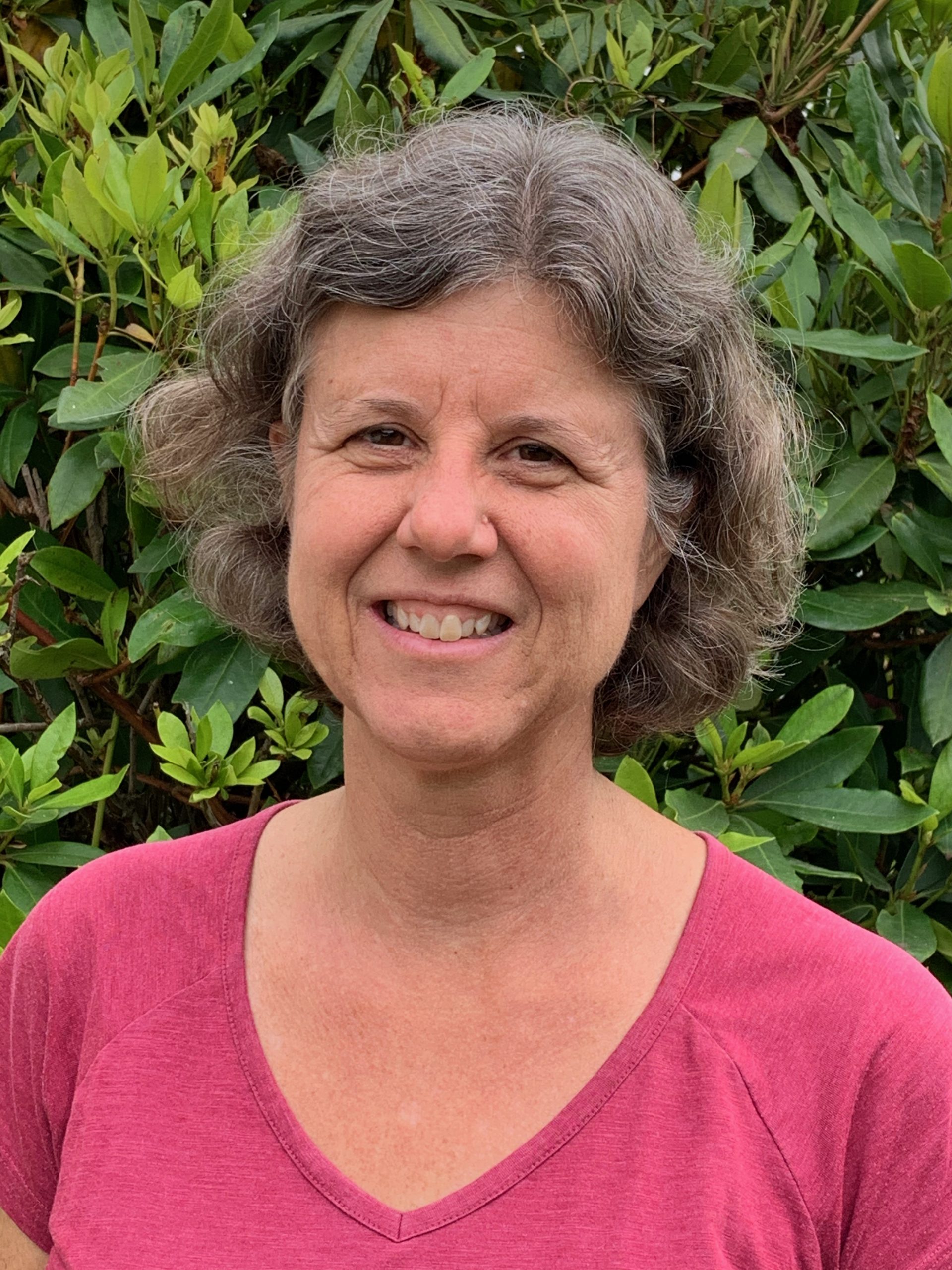
Sharing experiences with rare plants has become a way of life for Wendy Gibble, our Conservation Champion for September 2020. Wendy has steadily grown the Rare Care Program, which builds partnerships with federal, state, and local agencies to provide critical information needed in the conservation and recovery of 350 Washington native rare species. Under Wendy’s guidance, citizen scientists and students participate in rare plant monitoring, ex situ conservation, reintroduction, and education. Her efforts to combine good research with land manager needs has gained her great respect as a conservation leader. We thank Wendy for her dedication to rare plant conservation.
When did you first fall in love with plants?
While conducting raptor surveys in the Falkland Islands in 2001, I had an opportunity to spend a couple of weeks exploring one of the outer islands. The island held nesting colonies for millions of seabirds, including albatrosses, penguins, and a small petrel known as a prion. Historically, the island had been grazed by cattle and sheep. I observed how these past and current uses impacted the vegetation and was very interested in the landowner’s plans to restore the ecosystem and create a wildlife sanctuary. That prompted me to return to school to pursue a degree in plant ecology, where I studied mechanisms of plant invasion on prairies in the Puget Sound area. These experiences changed the way I looked at the landscape. I developed a strong interest in understanding why different plants and vegetation communities occur at particular sites and not others. I also became enthralled with the diversity of plants and continue to be delighted every time I meet a new plant.
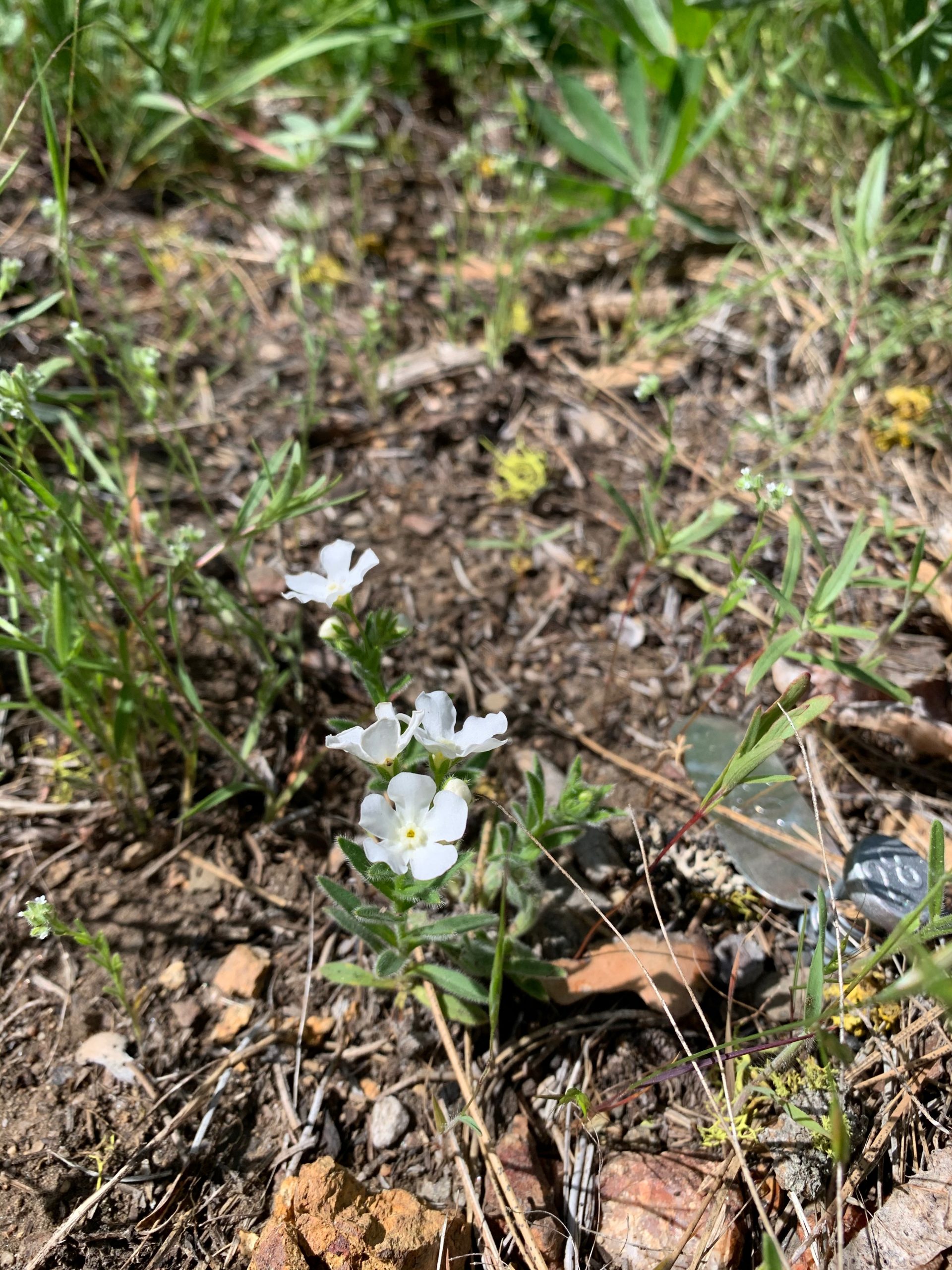
What was your path to becoming a botanist with the Manager of Conservation and Education at UW Botanic Gardens?
I was working as an environmental engineer at the time I volunteered in the Falkland Islands. Some of my work involved construction management for water resource projects, such as drinking water supplies, fish rearing, and passage projects. Through I generally enjoyed all of those projects, I felt a growing desire to spend my days working more directly with habitat management and conservation. My volunteer experiences pushed me back to school. From there, I had the good fortune of being in the right place at the right time. I was just finishing my master’s degree at University of Washington when the botanist position became available at UW Botanic Gardens. I knew Dr. Sarah Reichard, the director and founder of Rare Care, from a class I had taken with her. This position offered a good opportunity to gain experience in plant conservation and work with some of the scientists and land managers active in the field. I was just starting out in this field, so I thought I would spend several years with UW Botanic Gardens and then move to a position where I could work more directly on managing and restoring natural areas. After a couple of years, however, I discovered how much I loved working on plant conservation at a botanic garden and the opportunity it gave me to work closely with students and volunteers throughout the state.
What about working with plants has surprised you?
I’m not sure that anything has surprised me. I continue to be fascinated by the question as to why certain plants are restricted in their distribution and abundance, and I enjoy puzzling out what factors contribute to patterns we observe with rare plants. In my current position, I work on the recovery of several listed species. It affords me the opportunity to dive into these questions, conduct research to learn more about these species, and contribute to their conservation.
What about working with students (interns, volunteers, as researchers, and/or in classroom or outreach settings) has surprised you?
Being at a university provides many opportunities to work with both undergraduate and graduate students. I discovered how much I enjoy teaching, especially being able to work one-on-one to share my knowledge and give students an opportunity to work on plant conservation projects. This is one of the most rewarding parts of my job. I love seeing students, as well as the many volunteers that I work with, get excited about plants. The excitement come through in their blogs, as shown by our most recent Rare Care interns, Marina Kochuten, Callie Zender and Maya Kahn Abrams.
What is the most challenging aspect of your work?
In plant conservation work, we come across species that appear to have the deck stacked against their survival. Whether because of loss or degradation of habitat, changing climate, introduced pests and diseases, or other confounding factors, the likelihood of some of the most imperiled species to survive without ongoing interventions is low. Working with these species is particularly challenging. Years of work can yield very little progress. Despite this, we continue to try new approaches and experiment with different interventions, and, every once in a while, we take a step forward in their recovery.
What current projects or approaches in plant conservation or education excite you most?
I am really enjoying a project we are currently working on with the National Park Service. We are evaluating the vulnerability of rare and endemic alpine plants to climate change in three national parks in Washington State and setting up permanent monitoring plots to track how populations of these species persist over the coming decades. The distribution and abundance of some of these species are not well documented and no information exists about their life history and ecological niches. Establishing baseline data, such as the extent and size of the population and characteristics of their habitat, is critical to understand their vulnerability to climate change and to allow future assessment of how they are responding to warming temperatures and decreased snowpack. Each summer, we hire two interns to work on this project. It is a great opportunity to get recent graduates excited about botany and to gain experience working in remote locations collecting scientific data while contributing to plant conservation.
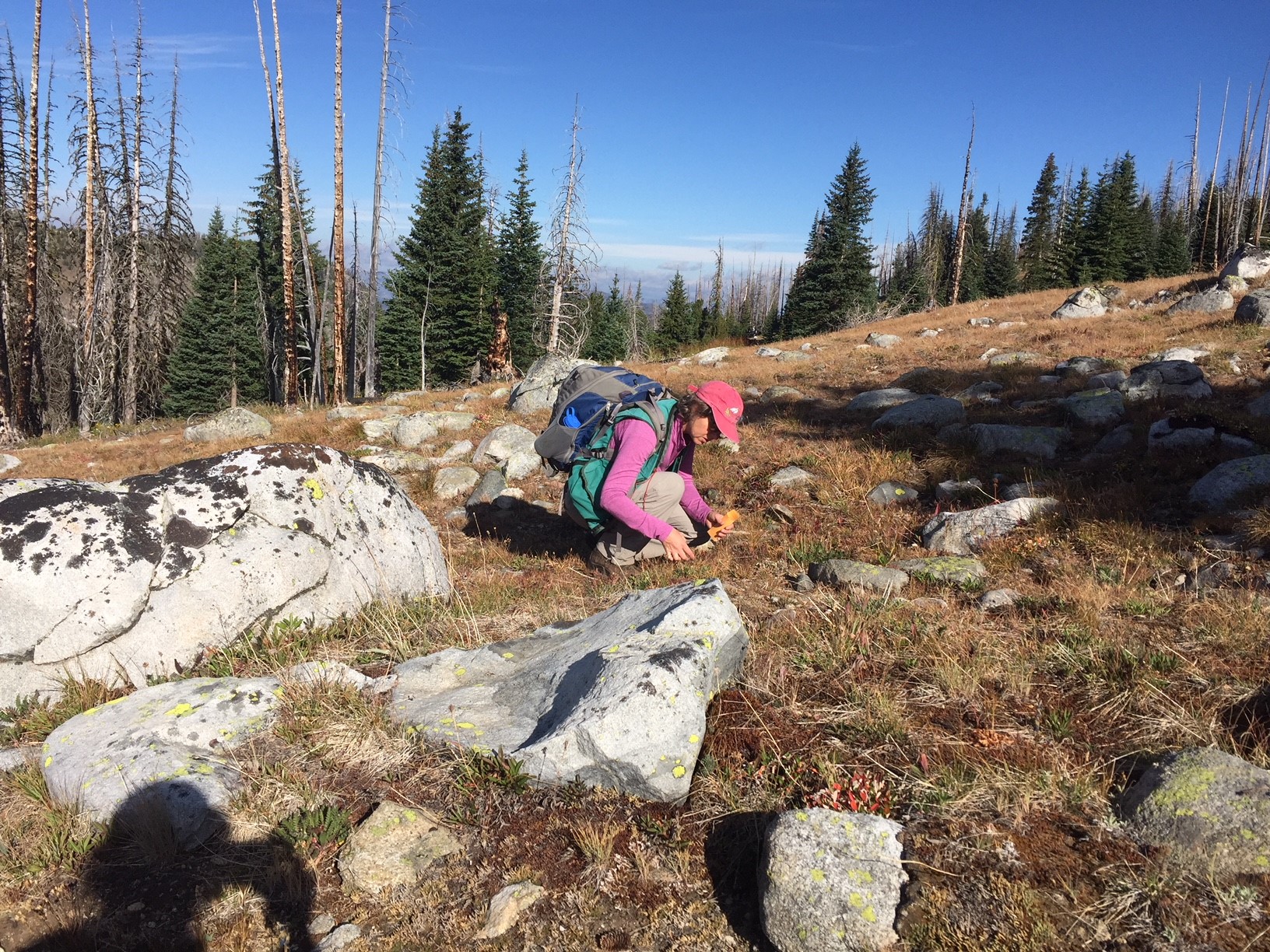
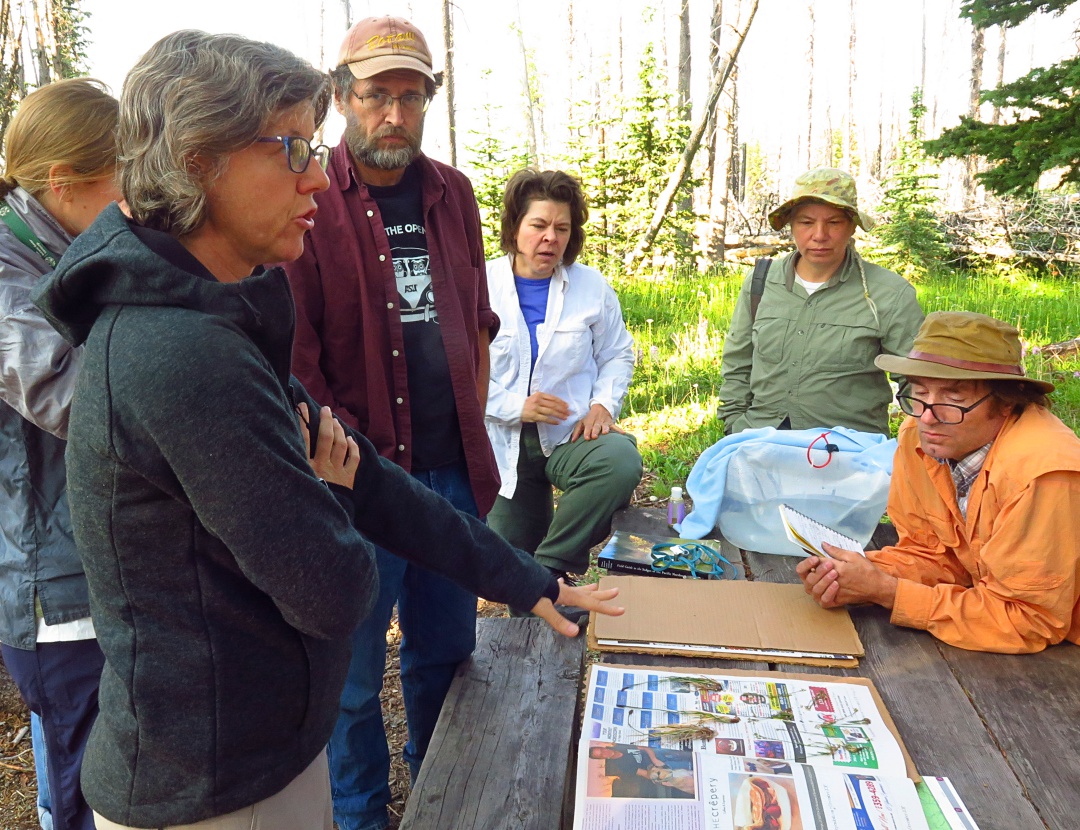
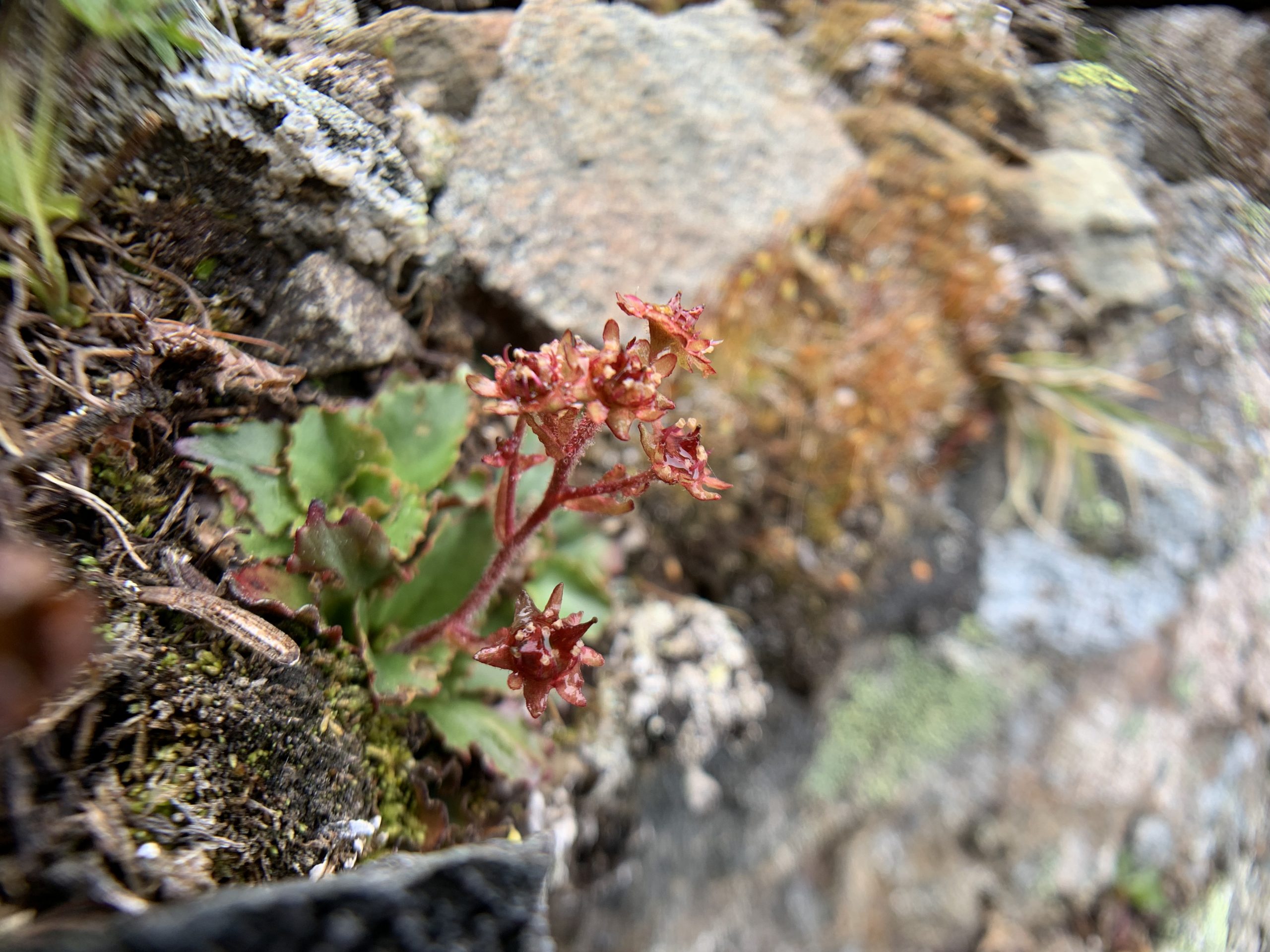
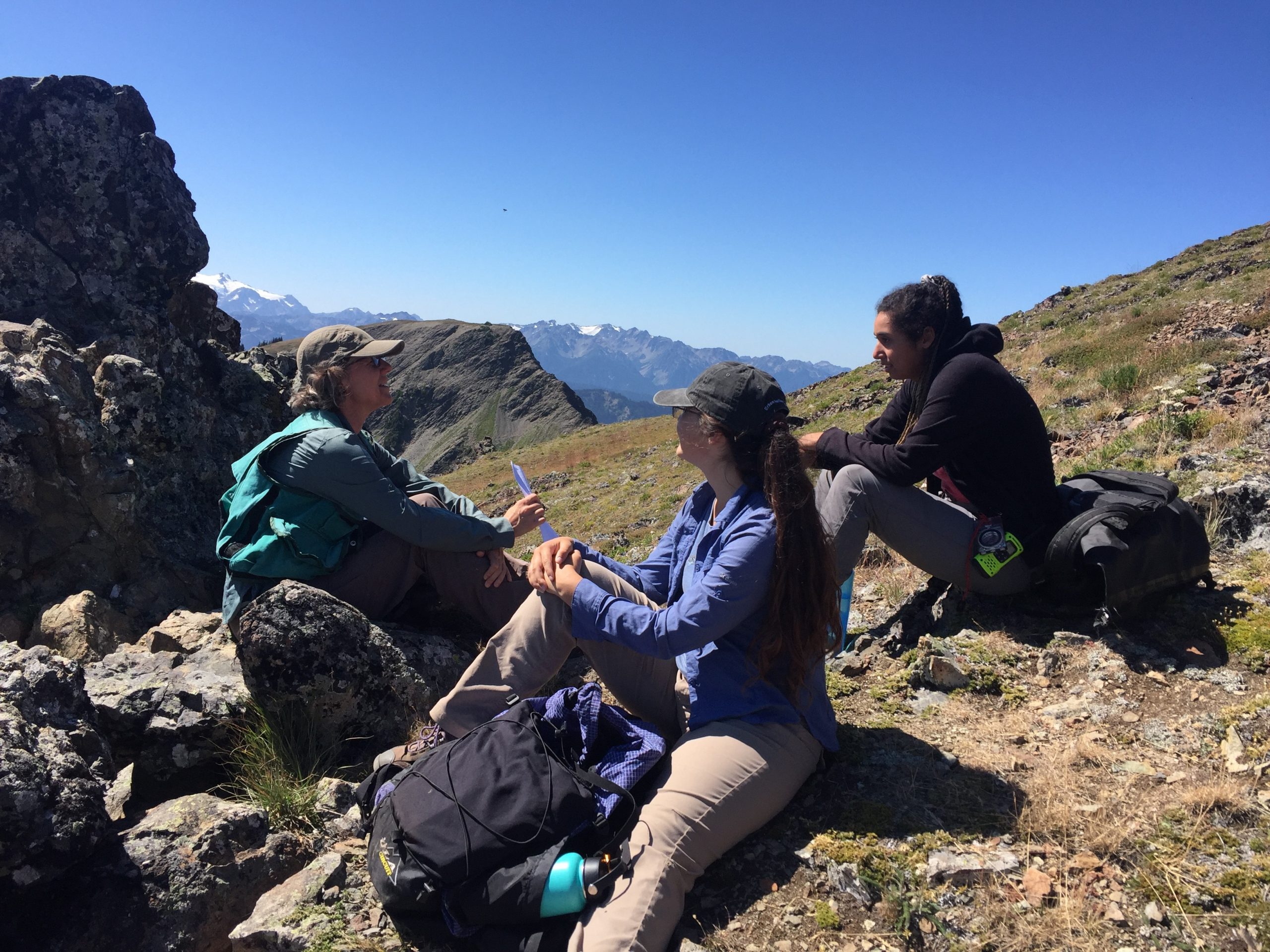
All photos courtesy of Wendy Gibble unless otherwise noted.